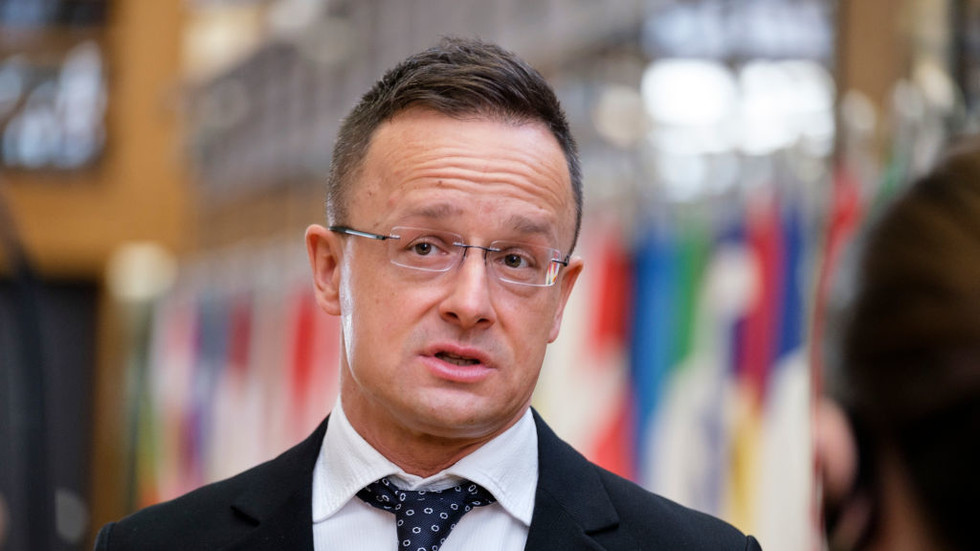Hungarian Foreign Minister Peter Szijjarto has recently expressed optimism regarding the prospects of peace in Ukraine following Donald Trump’s anticipated victory in the US presidential election. As Trump approaches the necessary 270 electoral college votes, Szijjarto highlighted the potential for a rapid resolution to the ongoing conflict that has plagued Ukraine for nearly three years. The diplomat referenced Trump’s campaign promise to conclude the Ukraine conflict within a day of his election, which he believes could pave the way for both dialogue and negotiation, fostering peace in a region characterized by ongoing turmoil.
The historical context of US-Hungary relations during Trump’s first term (2017-2021) plays a significant role in Szijjarto’s positive outlook. He noted that during this period, the political relations between the two nations reached an apex, with enhanced dialogue aimed at addressing global security threats. Hungary’s unique stance regarding the Ukraine crisis stands in stark contrast to many of its EU counterparts. Szijjarto reiterated the Hungarian government’s refusal to send military aid to Ukraine while advocating for negotiations as a means to find a resolution. This position has catalyzed significant diplomatic activity, exemplified by Prime Minister Viktor Orban’s discussions with both Russian President Vladimir Putin and Ukrainian President Volodymyr Zelensky this summer.
Despite this optimistic framework, Hungary’s overtures towards Russia have drawn considerable scrutiny from European Union officials, raising questions about the solidarity of the bloc in its approach to the Ukraine conflict. In contrast, the Biden administration has taken a strong stance by providing substantial military assistance to Ukraine, committing an estimated $56.3 billion in support since the conflict escalated in February 2022. This stark divergence in approaches highlights the tensions within the EU regarding the appropriate strategy for addressing the ongoing war and humanitarian crisis.
Reports suggest that Trump’s strategy for resolving the Ukraine conflict may involve pressuring Ukraine to make territorial concessions to Russia, as well as curtailing its aspirations to join NATO. This potential shift in policy could reshape the dynamics of the conflict significantly. Observers note that a Trump administration may exhibit heightened reluctance to continue the robust military aid that Ukraine has received under the Biden administration, consequently diminishing the country’s capability to independently sustain its fight against Russian aggression.
However, the Kremlin remains skeptical about the feasibility of Trump’s promise to swiftly resolve the conflict. Dmitry Peskov, the spokesperson for the Kremlin, remarked that it is unrealistic to expect a resolution to the ongoing hostilities to be achieved in such a short timeframe. This skepticism underscores the complexities of the Ukraine crisis, which has deep historical, political, and cultural roots that resist easy solutions, regardless of the US political landscape.
In conclusion, while Szijjarto’s remarks reflect a hopeful outlook regarding the possibility of ending the Ukraine conflict under a Trump presidency, the realities on the ground remain fraught with challenges. The divergence in strategies between Hungary and its EU partners, as well as the contrasting approaches of the Biden and potential Trump administrations, raises questions about the future of US involvement in Ukraine and the broader implications for European security. As the political landscape evolves, the emphasis on negotiations and dialogue may become increasingly critical to finding a sustainable resolution to the enduring crisis in Ukraine.

